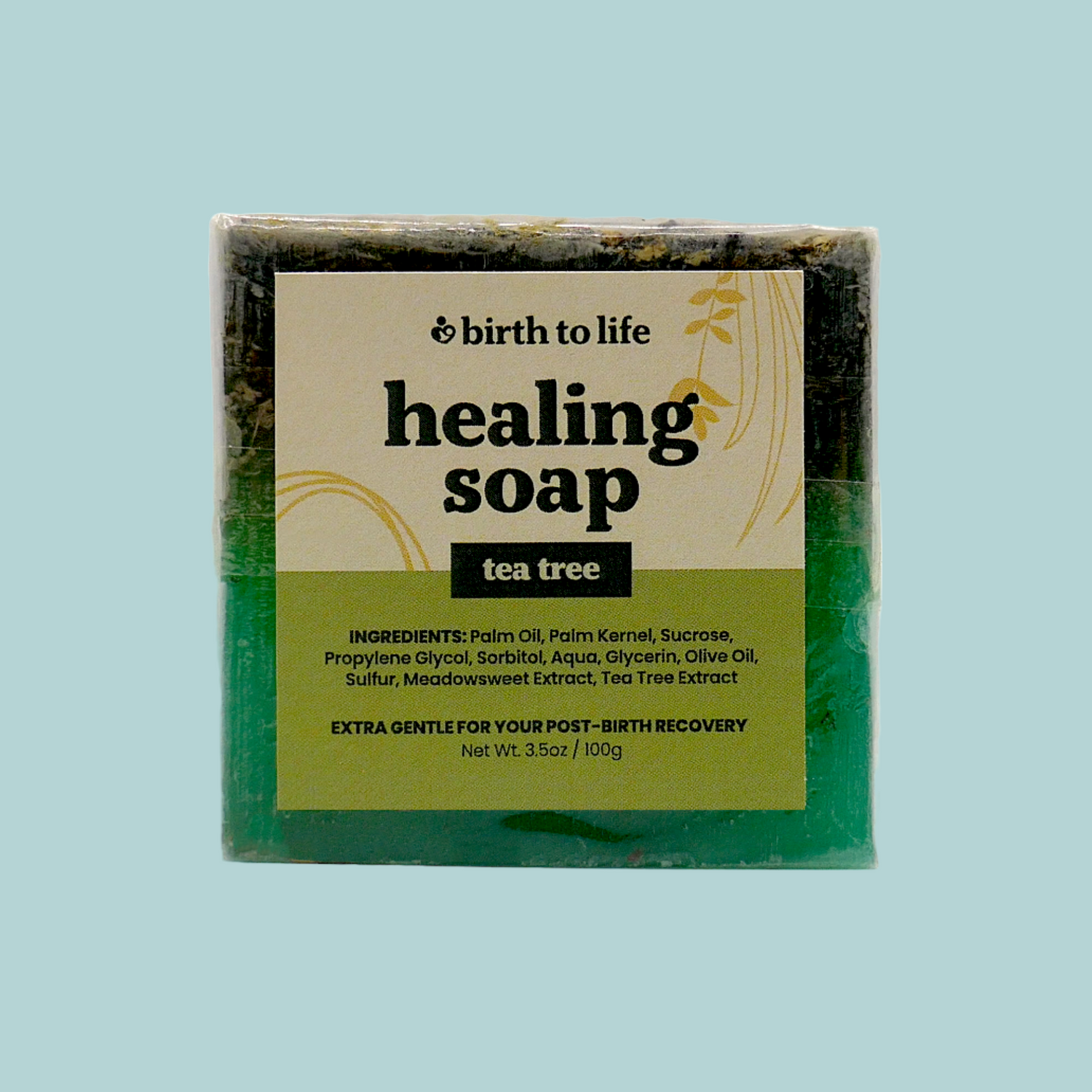Decoding Baby Cries: Understanding Your Little One's Language

As a parent, one of the most challenging aspects of caring for your newborn is deciphering their cries. Newborn cries are a form of communication, and baby noises can be difficult to interpret. While it may seem like all cries sound the same, there are actually distinct differences among them, known as types of crying. Understanding the baby cry sounds meaning can help you respond to their needs more effectively and provide them with the comfort they seek. In this article, we will explore the different types of baby cries and what they mean, helping you become more attuned to your little one's language and the baby noises meaning.

Hunger Cry – 'Neh'
When your baby is hungry, their cry may begin with the sound 'neh,' known as the neh baby cry. This newborn cry sound is often accompanied by rooting for the breast, sucking motions with their tongue, lip-smacking, or putting their hands into their mouth. The 'neh' sound is produced when the baby touches their tongue to the roof of their mouth, activating the sucking reflex.
Solution:The best way to address a hunger cry is to practice responsive parenting and feed your baby. Whether you breastfeed or bottle-feed, offer them nourishment until they are satisfied. It is important to respond to hunger cues promptly to prevent your baby from becoming overly agitated.
Sleepy Cry – 'Owh'
When your baby is feeling sleepy, they may emit a cry that sounds like 'owh,' which is one of the baby sleep cues. This cry is an indication that they are tired and in need of rest. You may notice accompanying signs such as yawns and rubbing of the eyes.
Solution:A sleepy baby simply needs to be put down in a comfortable position and allowed to sleep peacefully. Create a calm and soothing environment for your baby to encourage a restful sleep, possibly with the addition of white noise to help them drift off.
Uncomfortable Cry – 'Heh'
If your baby is uncomfortable, their cry may begin with the sound 'heh,' indicating an uncomfortable baby. Discomfort can arise from various reasons such as a wet diaper, feeling too hot or cold, or experiencing itchiness. It is important to identify the source of your baby's discomfort to alleviate their distress.
Solution:Check your baby's diaper to ensure it is clean and dry, which is a common nappy change routine. Adjust the room temperature to provide a comfortable environment. If your baby continues to cry, try different soothing techniques such as gentle rocking or swaddling to provide a sense of security.

Painful Cry – 'Eair'
When your baby is in pain or experiencing discomfort, their cry may sound like "eair." This type of cry often indicates gas pain or other issues in the lower abdomen, such as digestive discomfort. You may observe your baby pulling up their knees to their chest or kicking their legs out, which are common signs of discomfort in infants.
Solution:To alleviate gas pain or digestive discomfort, burp your baby regularly throughout the day. Hold your baby upright and gently tap or rub their back with soothing tummy rubs to encourage burping. This can help release trapped gas and provide relief to your little one.
Not-feeling-well Cry – 'Eh'
If your baby is feeling unwell, their cry may be accompanied by an "eh" sound, known as the eh baby cry, which is an indication that they need to burp. It is important to pay close attention to this specific type of cry to identify any signs of illness or infection.
Solution:Check for additional symptoms such as fever, breathing difficulties, skin irritation, or abnormal behavior, which could be signs of health issues in your baby. If you suspect your baby is unwell, consult their healthcare provider for further evaluation and guidance.

Bored Cry
Babies cry for various reasons, including boredom, which is one of the many infant cries. A bored cry is your baby's way of seeking attention or stimulation. They may cry to indicate their desire to be picked up or entertained.
Solution:Pick up your baby and engage in activities that capture their interest to foster infant communication. Talk to them, sing a lullaby, or provide gentle stimulation through toys or games. Responding to their need for interaction can help alleviate their boredom and provide the comfort they seek.
Colic Cry
Colic is characterized by persistent and intense crying, often occurring in the late afternoon or evening, and is a form of excessive crying. It is important to note that colic cries are different from other types of cries and can be distressing for both the baby and the parents. Colicky babies may sound miserable and exhibit physical signs of distress, such as stiffening their legs and arms, clenching their fists, or arching their back.
Solution:Alleviating the effects of parental stress while soothing a colicky baby can be challenging, but there are strategies that may help. Swaddling your baby, offering a pacifier, or providing gentle rhythmic motion can provide comfort. It's important to consult with your healthcare provider for additional guidance and support in these trying times.
Healthy parenting involves understanding your baby's cries, a gradual process that develops over time. As you spend more time with your little one, you'll become more attuned to their unique cues and signals. Trust your instincts and provide love, care, and comfort to your baby. If you ever feel overwhelmed or unsure, reach out to your healthcare provider or a trusted professional for guidance.
At Birth to Life, I am dedicated to supporting you with newborn care through the journey of parenthood. If you need help understanding your baby's cries or navigating the challenges of early parenthood, I am just a phone call away. Schedule a free call with me today, and let's embark on this incredible journey together.






0 comments